Gardening in the tropics is a hot and humid affair, however, the rewards are worth it! Everything grows relatively quickly, and many varieties of vegetables can grow all year round. Whilst there are challenges, with a bit of know-how, you should be able to successfully get around any problems that may arise.
Most of Southeast Asia lies in the 12 and 13 GROWING ZONES!
Below is an insight from our farm in Cambodia for tropical gardening. Take your gloves off, make a cup of tea and enter the world of TROPICAL GARDENING, from our mango farm in the southern province of Kep, Cambodia!
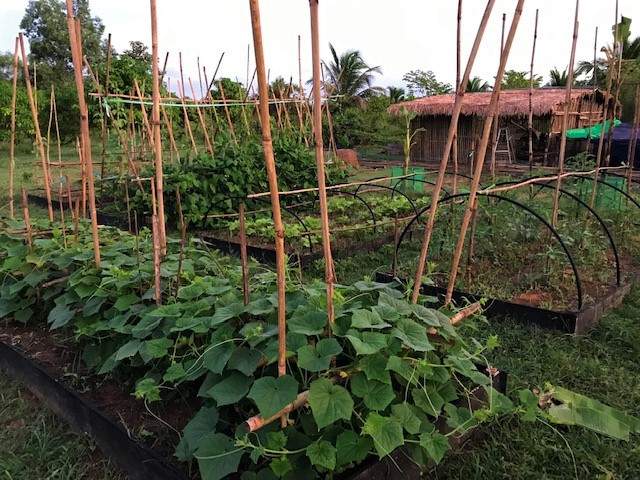
The Seasons
Cambodia and much of southeast Asia are exposed to two main seasons. A hot season and a rainy season. The hot season runs from late January through to July, whilst the wet season runs from late July to early December. There is a slight reprieve in the weather systems from early December to late January. It’s a little cooler with only the occasional downpour. Whilst growing all year round is doable, each season does pose its own challenges.
The Hot Season – Tropical Gardening
The hot season can be quite oppressive. You may only find yourself working in the early mornings and the late afternoons. Best to avoid the middle of the day heat. Working in the direct sunlight is just too hot! Temperatures nudge 40 degrees Celsius, and your energy levels drop like loose-fitting pants! Below are a few tips for tropical gardening in the hot season.
- Plants such as eggplants, cucumber, beans, and bitter gourd can tolerate the brute of the midday sun, yet other plants cannot. Tomatoes, lettuce, and other small soft-leafed vegetables will require some form of shading. If you have a greenhouse, great, but if not, you will need to provide a shade cloth to cover certain vegetable beds, especially in the heat of the day! Some vegetables suffer from heat stress.
- Your soil should be heavily mulched also. The reason for this is that the mulch will protect the roots and lower stems from the sun, and furthermore, will help retain the moisture in the beds for longer.
- Check your soil regularly during this season. Watering twice a day is not uncommon. Watering in the early morning and late afternoon will ensure your vegetable beds remain moist. However, best to check first, rather than over-watering.
- A big hat, long-sleeved shirt, and gum boots are all essential gardening items, along with a good sunscreen to protect exposed skin from the sun. Furthermore, keep a towel close by to wipe the sweat from your eyes!
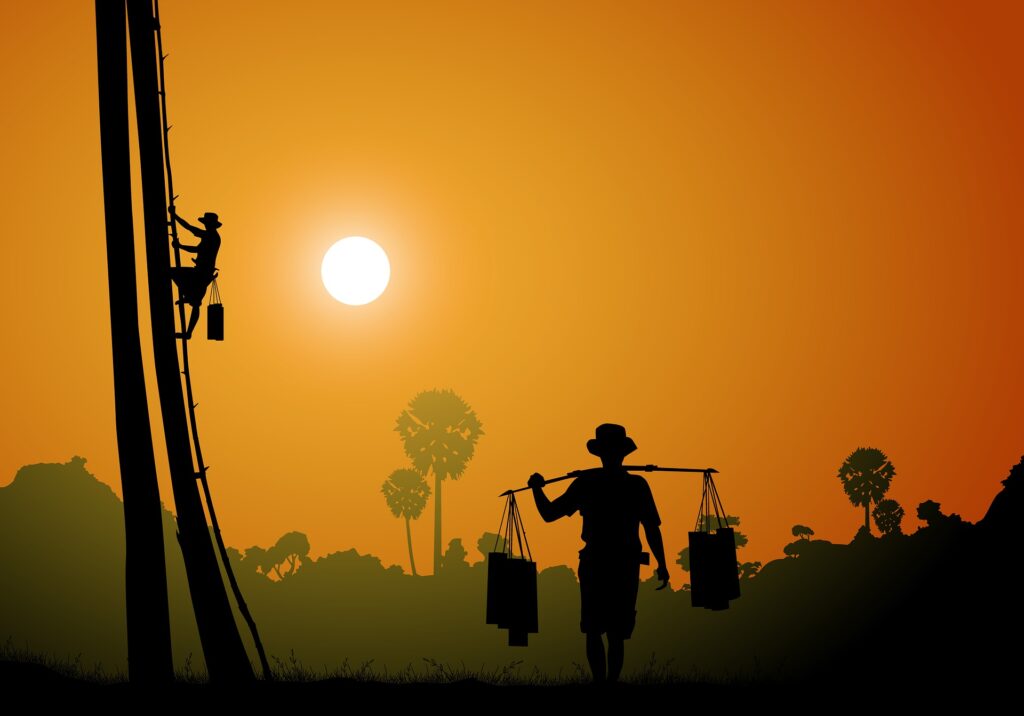
The Wet Season
This is my favorite season. After a hot, dry, and dusty season the rains bring welcome relief. Rice paddies fill up with water, the dust disappears and everything turns green. However, growing vegetables during this time you will be faced with a few challenges. Below are a few tips for tropical gardening in the wet season.
- Raised vegetable beds are a must. Furthermore, it is a good idea to form rows of raised soil in the beds. The reason for this is so the water will run off and not leave your plants sitting in pools of water. When it rains, it rains. And it rains heavily!
- Keep garden beds heavily mulched. This will prevent loss of soil and also provide nutrients.
- During this season the humidity rises dramatically. With the humidity comes pests and diseases. Always check your plants daily for any bugs, mildew, and other diseases that may be affecting your crops.
- It is also a good idea to space your vegetables correctly. This will allow air to circulate around the plants and give them more breathing space. Furthermore, it will also help limit the mildew and other diseases the plants may face during this season.
- You shouldn’t have to water too much in the wet season. The afternoon downpours will take of that! However, in saying that, it is always a good idea to check the moisture level of the soil.
A Quick Note About The Seasons
When preparing your vegetable garden in the tropics it is important to be aware of all the seasons. For example, the vegetable beds will need to be raised during the wet season, and they will require shade during the hot season. If you can design your garden this way from the beginning it will save you a lot of time and work in the future.
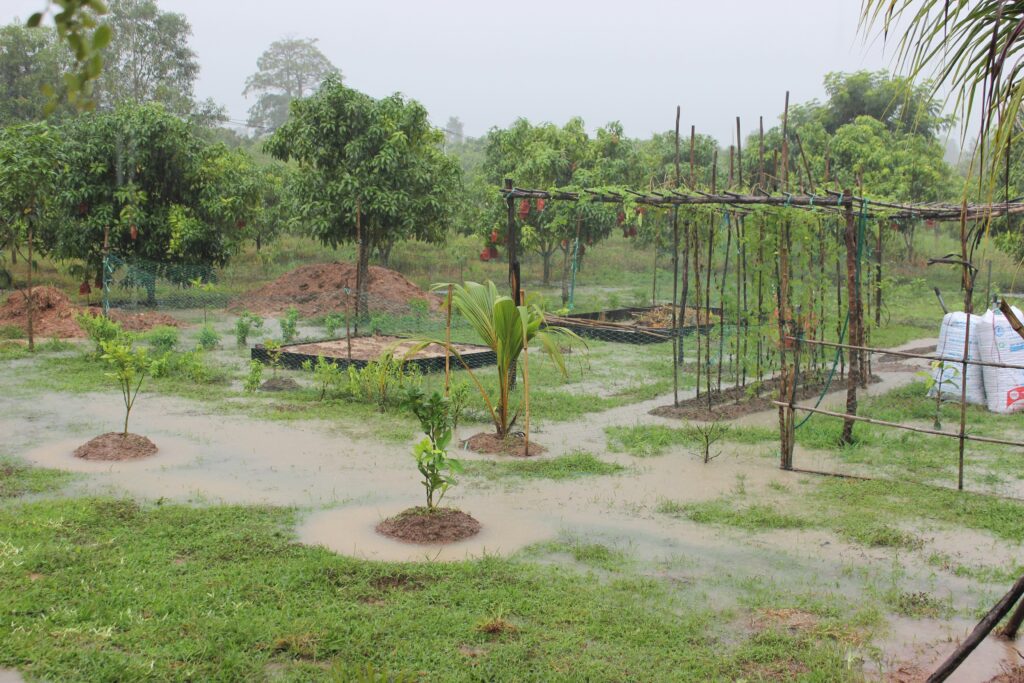
The Soil – Tropical Gardening
It doesn’t matter where you live in the world, getting the soil right is paramount. It is the skin of the earth, and vital to plant health. What lies beneath defines what is on top! Different areas of the world have access to different mediums for adding to the soil. Below is a list of readily available mediums that can be found here in the tropics.
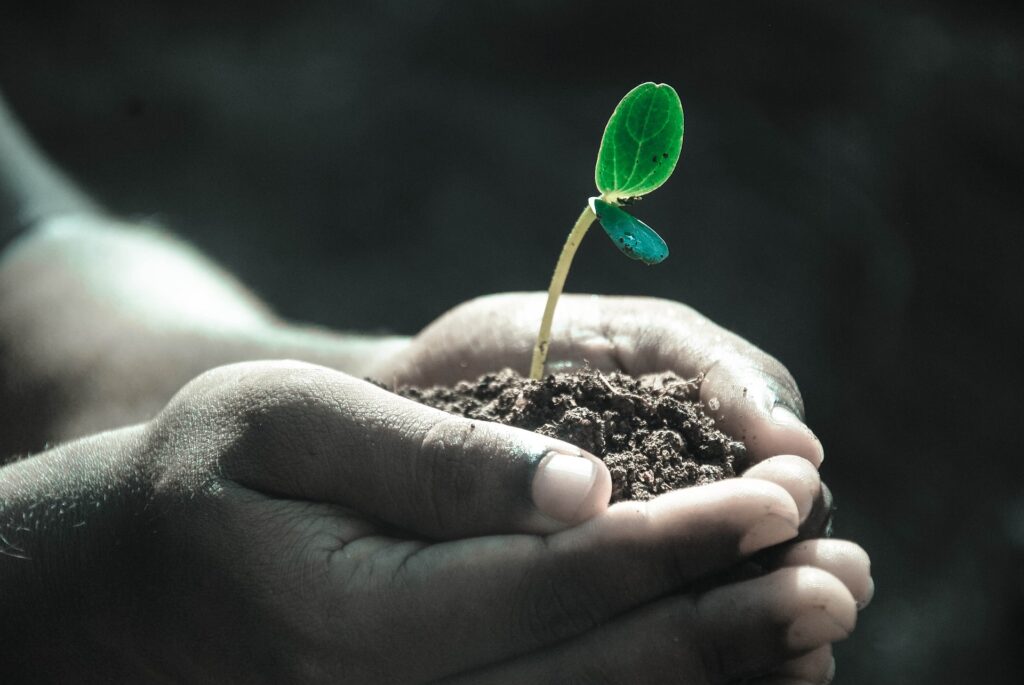
- Coconut Coir – This is the brown, fibrous husk of the coconut. Because of its nature, it will retain moisture and lighten up the soil whilst also adding nutrients.
- Burnt Rice Ash – Rice ash provides a dense source of carbon. When composted, the rice ash can increase the water-holding and nutrient-holding capacity of the soil, whilst also providing a high level of silica content, not to mention soil aggregation.
- Rice Husks – Adding rice hulls to your soil will not only add more silica but will also help to aerate compacted soils. Another benefit of using rice husks is that they can add another layer of mulch to the topsoil, which then, in turn, will compost naturally into the soil.
- Charcoal – Charcoal, or often referred to as Biochar, is another great addition to your soil. It’s highly porous and contains many of the nutrients found in the organic material in which it was made. It lightens up the soil, increases drainage and allows more air to creep into the soil, in turn, raising the soils PH levels.
- Animal Manure – Cow poo, chicken poo, and bird poo are all great for vegetable beds. High in nitrogen, potassium, and phosphorous (NPK), they can return nutrients to the soil and juice it up! Just make sure it has composted and matured correctly, otherwise, it can be harmful to your crops. If it is too fresh it can burn the roots of your plants.
- Plant Scraps – Any experienced gardener will tell you, “compost, compost, compost”. Compost contributes to healthy and resilient plant growth. It balances soil density, enriches the soil, balances the PH levels, suppresses pests and disease, discourages weeds, and lastly, acts as a sponge for retaining water. Need I say more, “compost, compost, compost”!
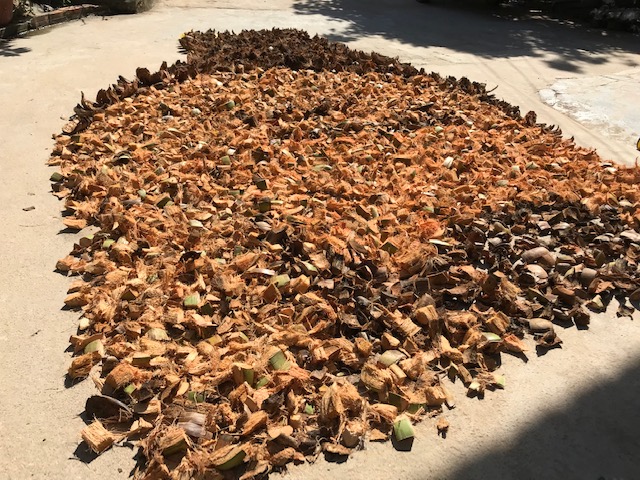
Support for Vegetables – Tropical Gardening
Different types of vegetables require different types of support. It is important to have these in place when you plant your seedlings. For example, cucumbers will require a trellis-like setup or netting, tomatoes will need staking and bitter gourd will enjoy a pergola-style support, so they can climb and hang freely. So, best to set the supports up early, so you don’t disturb the young roots of the plants after you have planted them.
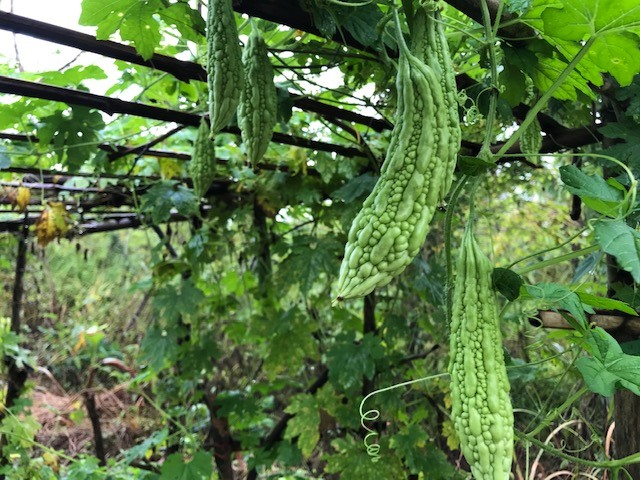
Planting Seeds – Tropical Gardening
Taking into account the extremes of weather associated with gardening in the tropics, it is best to plant all your seeds into seed trays. Furthermore, it is also best to keep the seed trays in a greenhouse or covered area. This will protect them from the heat and rain, hence, giving them the best possible start before replanting into the vegetable beds.
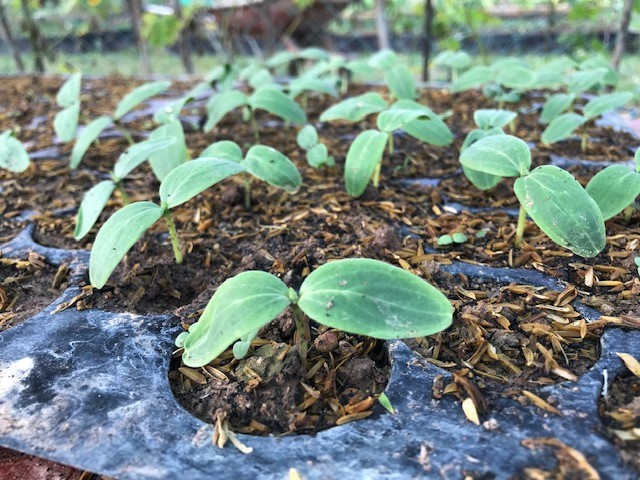
Once the seedlings are 3 or 4 inches tall you can replant them into pots or straight into the vegetable beds. Certain vegetables, such as tomatoes and lettuces will benefit from a second potting, before being transplanted into the beds.
I always like to keep some extra seedlings in the trays. This is because some seedlings may die after being transplanted. If they do, you can then replace them with the extra seedlings.
Vegetables that Grow Year-Round
Gardening in the tropics, as previously mentioned, is very rewarding. Many varieties of vegetables will grow all year round. I have compiled a list of vegetables below that are suited to growing in all season.
- Eggplant – Asian and Western varieties grow very well all year round.
- Cucumbers – The small Lebanese varieties flourish all year.
- Pumpkins – Love the warm weather, however, here in Cambodia they are harvested when small.
- Bitter Gourd – Yes they are bitter, but they will tolerate all the seasons. Commonly filled with ground pork and slowly boiled.
- Beans – Pole beans, bush beans, purple beans grow abundantly all year round.
- Sweet Potato – Grows rampantly all year long.
- Taro – This plant will grows all year, and pretty much takes all year to grow!
- Corn – A very common crop here in Cambodia. Old rice fields will be turned into corn fields during the off-season of the rice.
- Chili – Many varieties of chili thrive year round.
- Luffa – Very interesting vegetable. Usually added to soup, however also holds medicinal properties.
- Microgreens – Thrives in Asia’s warm climate. Ready to eat in only a week.
- Asparagus – This surprised me, it is a very hardy crop. Takes 3 years before harvesting.
- Morning Glory – Loves water, perfect as a wet season crop. Grows very fast!
- Bamboo – A fast growing grass. Grown for its shoots and also used for construction purposes.
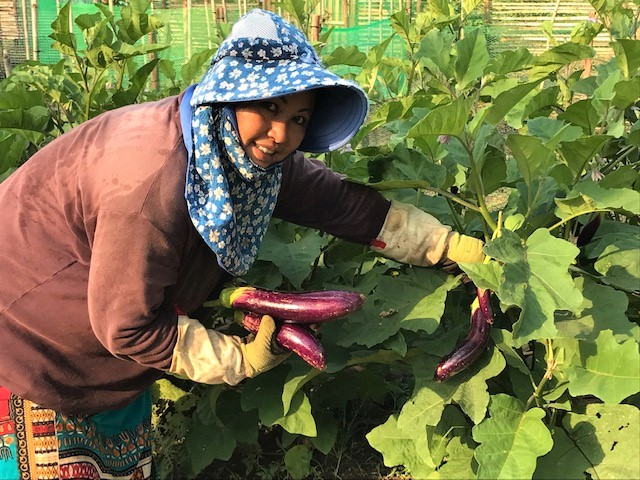
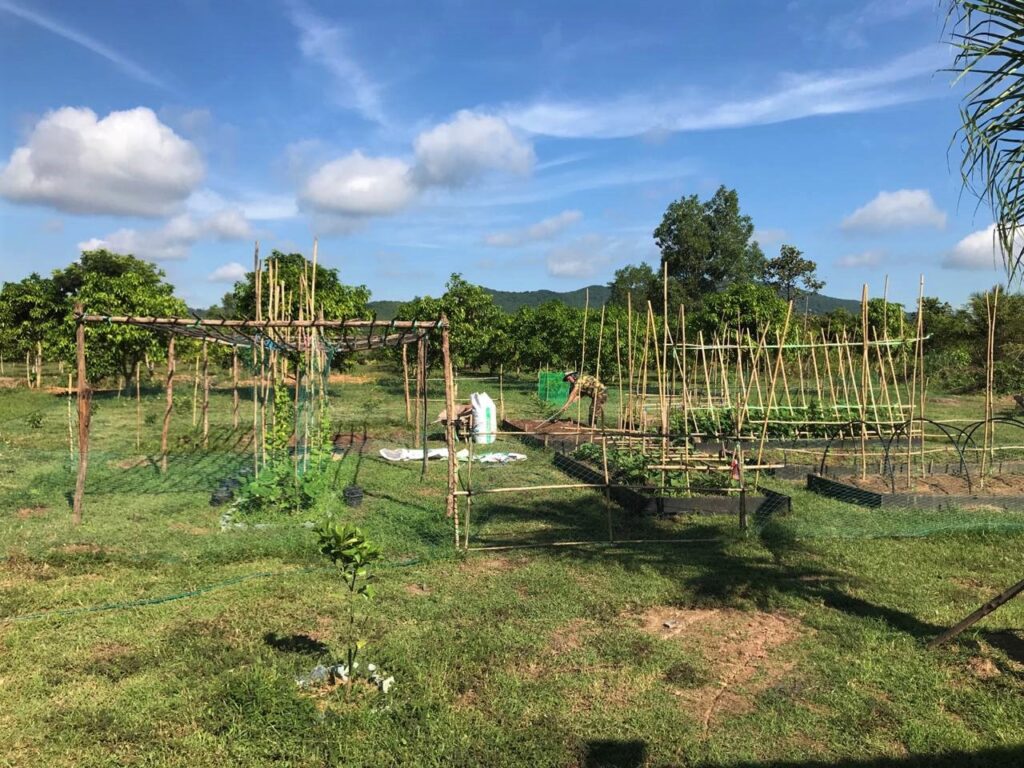
Fruit Trees
In every Asian garden, you will find fruit trees. In fact, most of the locals will only plant trees that produce food. Other plants that offer an aesthetic touch to the garden, such as bougainvillea, flame trees, or hibiscus, for example, are deemed a waste of time.
Most tropical fruit trees will bear fruit 3 or 4 years after planting and are a great addition to any garden. They thrive in the weather conditions and are extremely varied in taste and texture. Below is a list of trees that we have planted from seed, and are now growing rather vigorously!
- Guava – A tropical fruit usually eaten with salt and chili.
- Papaya – They just keep on giving month after month.
- Milk Fruit – Also known as Star Apple it has a taste of watered-down condensed milk.
- Jackfruit – Possible one of the biggest fruits in the world, it has large segments and tastes like a banana infused with a pineapple.
- Bananas – They grow everywhere, and when fully established, new rhizomes will pop up frequently.
- Mango – We live on a mango farm, so don’t get me started!
- Macau – A small hard bitter fruit, eaten once again with salt, sugar and chili.
- Mangosteen – A sweet, silky, and perfumed fruit with a snow-white flesh. One of my favorites.
- Pomelo – Crossed between an orange and a grapefruit, it is mainly used in salads.
- Starfruit – Shaped as its name suggests it has a sweet and sour flavor. Very refreshing!
- Pomegranate – Jam-packed with antioxidants, the pomegranate is a delicious fruit that goes great in salads.
- Finger Lime – Also know as the caviar lime, when opened you will find hundreds of zingy little balls with a citrusy, bitter and herbaceous flavor.
- Coconut – The coconut tree takes about 3 or 4 years to fruit, yet when they do you will have many months worth of supply. A great tree to have in the garden!
- Kafir Lime – Also known as the “smiling lime”, the skin and leaves are used widely in Asian cooking.
- Avocado – They grow best in a tropical climate.
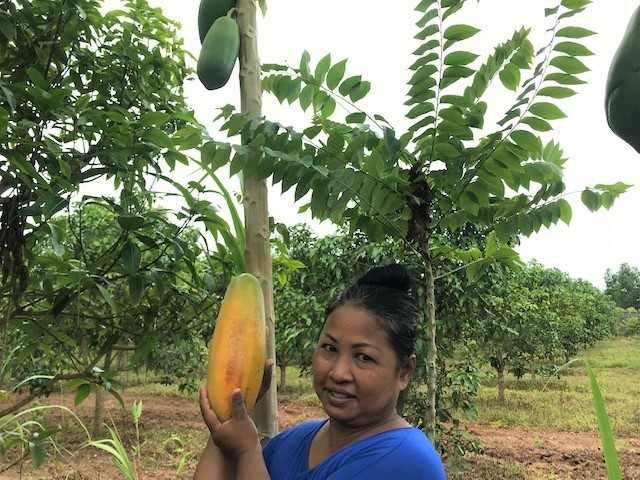
Taking Care of your Fruit Trees
Tropical fruit trees like moist, well-drained soil. During the wet season, this is no problem, however, when the hot season hits, you will need to water frequently. You will also need to fertilize them to promote healthy growth. Like all plants, they will need a boost of nitrogen, potassium, and phosphorous. Depending on the tree the use of these fertilizers will vary. Furthermore, you may need to apply pesticides or some organic spray to control any bugs or diseases. It will be worth it in the long run.
Herbs and More – Tropical Gardening
Any Asian garden would not be complete without herbs and other beneficial plants. Many of these plants grown in the tropics also hold medicinal value. Currently we have many herbs and other exotics growing on our farm.

- Lemongrass – A fragrant grass used for cooking and taken orally for medicinal purposes.
- Thai Basil – Grows like a weed and used in many Asian dishes.
- Ginger – Used for curries, stir-fry’s, pickles and soups.
- Turmeric – Widely used in pastes and curries it also has some excellent health benefits.
- Galangal – Related to ginger and turmeric it has a cleaner and sharper flavor than the standard ginger
- Garden Mint – Regular garden mint is well suited to Asia’s climate and grows constantly.
- Vietnamese Mint – Actually not related to mint. It is a creeping perennial herb with a pungent hot flavor.
- Betel Leaf – Native to Southeast Asia it is used as a stimulant and is also good to wrap certain foods in.
- Betel Nut – Taken as a stimulant, many elderly people put betel nut and slaked lime into a betel leaf and chew on it. Can be addictive, just as nicotine is.
- Sugar Cane – A species of grass that is grown to make sugar. Here in Southeast Asia it is cold pressed for it juice. Absolutely delicious!
- Moringa – Considered a superfood, Moringa grows very quickly and is used in a lot of Asian soups. The leaves have 7 more times vitamin C than oranges and 15 times more potassium than bananas. Its health benefits need no further explanation.
- Aloe Vera – A succulent grown for its nutritional and medicinal uses.

Creepy Crawlies
Living on a farm in the tropics you will come into close contact with many creepy crawlies. Since we moved onto our farm we have encountered snakes, scorpions, and large spiders. This you must accept, they are not going away. When you are out in the garden it is always best to wear gumboots, long pants, and gloves. A lot of frogs live here too, and I am guessing that’s why we get so many snakes, venomous and non-venomous.
Furthermore, if you are pottering around the house or garden at night make sure you have a good torch or some form form of external lighting. Always check the area before working. My fear of snakes has now dissipated! They will usually move themselves along, however, when we know they are venomous we have to resort to stronger tactics.
In addition, we also have many different ants which either bite or sting. It is always handy to keep a can of insect spray close by.
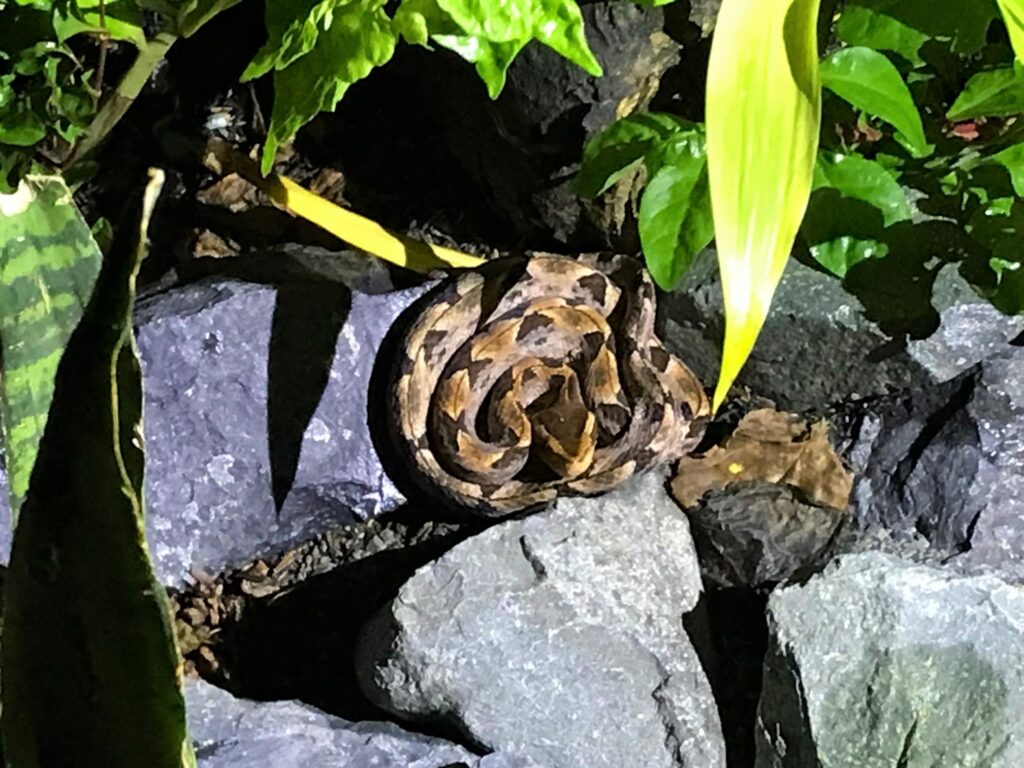
In Conclusion – Gardening in the Tropics
Gardening in the tropics is a lot of fun, however, it also requires a lot of work, as in any garden around the world. The year-round vegetables, the exotic fruit trees, and the earthy, medicinal herbs and plants are slowly filling up the land on our farm. Whilst the fruit trees are only young, they will one day provide us with enough fruit to eat throughout the year. This, coupled with the rotation of our vegetables, will gradually put us on the path to a semi-sustainable lifestyle, and help create our own little food forest, right here in the southeastern corner of Cambodia.
We would love to hear from any other tropical gardeners out there. Drop a message in the comments below. Follow us here on Instagram!
HAPPY GARDENING!


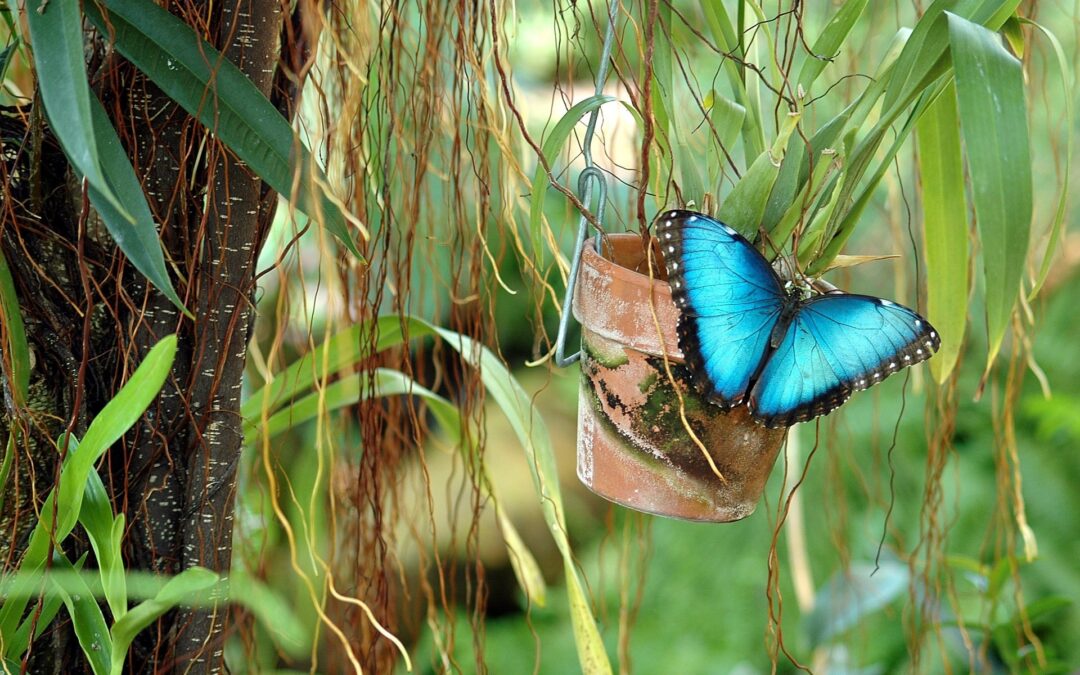
Amazing farm Paul ! Wishing you lots of great harvest 🥰